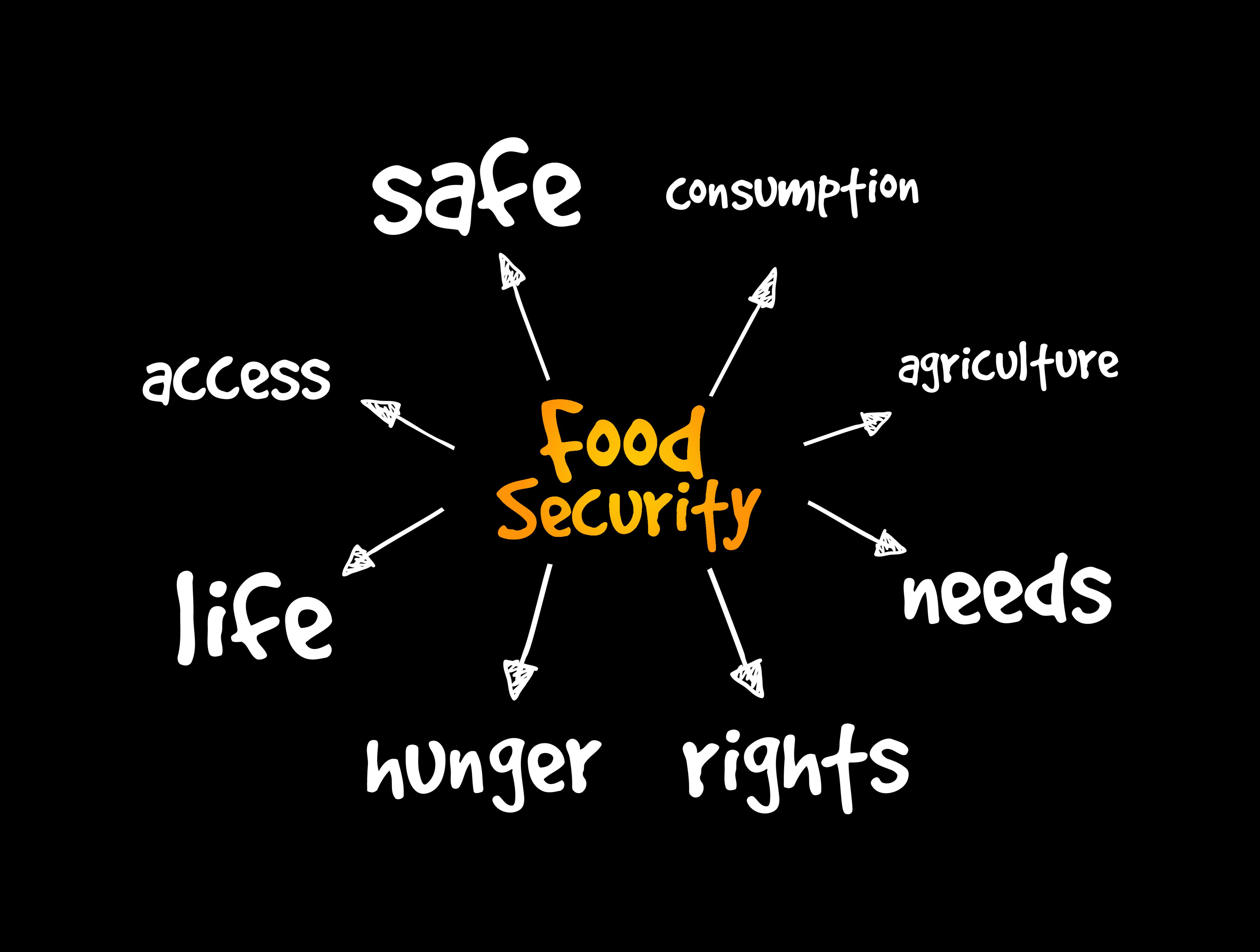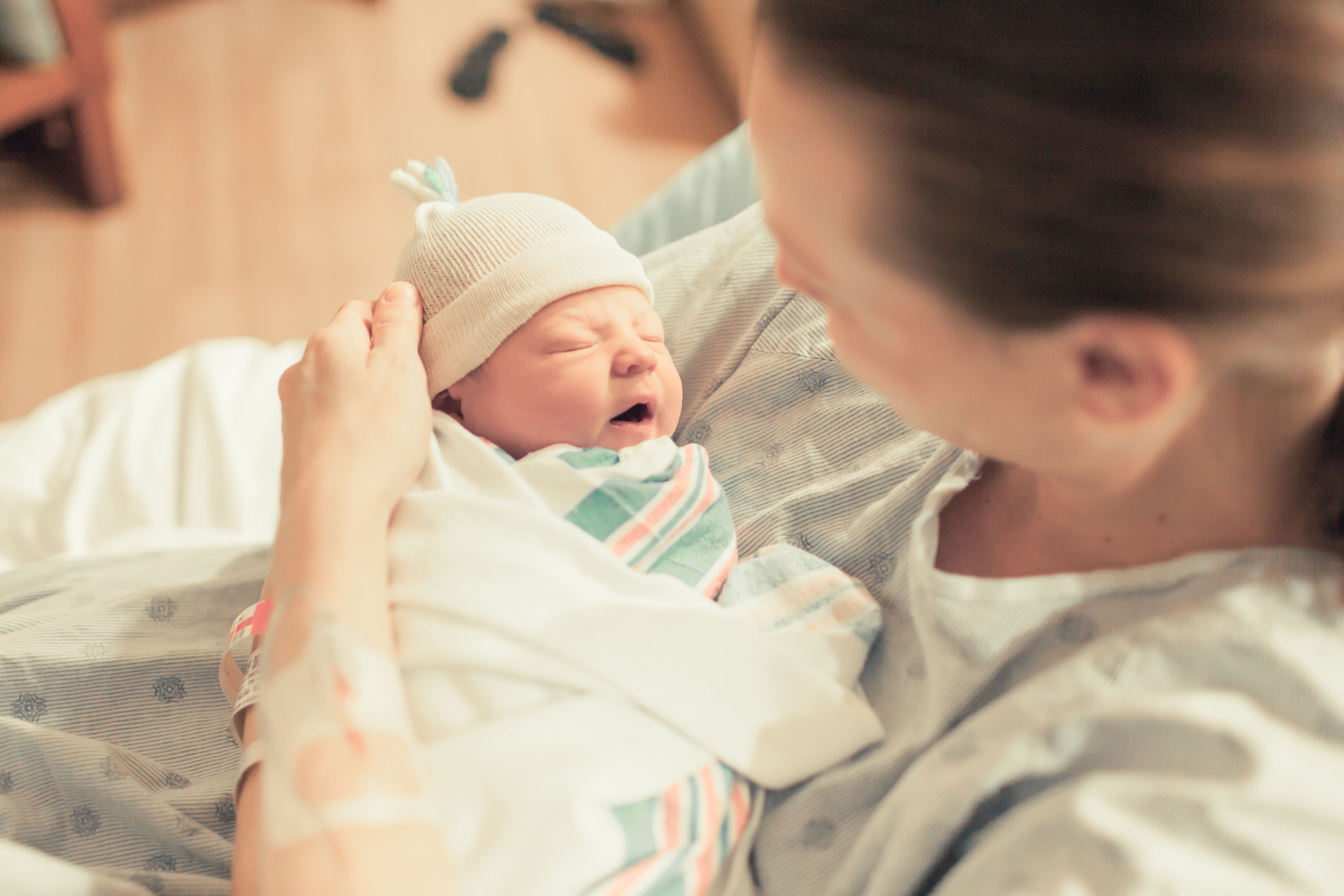Video
Dr Maura Abbott: COVID-19 Vaccine Development Process Is Safe Despite a Quicker Timeline
Vaccine safety and effectiveness are patients’ biggest concerns about a potential coronavirus disease 2019 (COVID-19) vaccine, says Maura Abbott, PhD, AOCNP, CPNP, RN, assistant professor of nursing at the Columbia University School of Nursing.
Maura Abbott, PhD, AOCNP, CPNP, RN, assistant professor of nursing at the Columbia University School of Nursing, addresses concerns patients may have about a potential coronavirus vaccine and its likely distribution protocol.
Transcript
What concerns have patients expressed to you most about a potential coronavirus vaccine?
I think the 2 biggest fears are generally they fear the safety of the vaccine and how well it’s going to work. And I think that’s common in any new medication, any sort of thing that we derive from a clinical trial, whether it be the COVID [coronavirus disease 2019] vaccine or anything else. And I think people are worried about that, about vaccines in general. We know people have fears about vaccines in general. So I don’t think there’s anything new.
I think what’s unique to this is the fact that it’s a quicker timeline for vaccine development than other vaccines of the past, and so I think people are concerned that, you know, there are steps that may be skipped or rushed. But there’s no evidence that that’s actually going on at all. In fact, we’re roughly in the same process. It’s just working together.
What is the protocol to ensure vaccine delivery to patients? How is priority determined?
Just to kind of go through how normal, or historical vaccines—ones we currently use that are approved—are distributed is that you can place an order, say, from your vendor for the amount of flu vaccine that you want for the year and you purchase it, and it’s delivered to you and then to the disbursement site for patients.
I think what we don’t know yet for this is how that process will go. I don’t think it’s been developed yet because the vaccine is not developed. But again, it’ll be similar in the fact that there’ll be sites to which it’s dispersed so that it can be dispensed to patients. In terms of what sites those are and who will be first priority, that has not yet been determined. There’s been some discussion about high-risk patients, essential frontline workers, but again, that hasn’t been 100% decided and eventually that’ll be decided by public health officials and clinicians and scientists, most likely.

Navigating Sport-Related Neurospine Injuries, Surgery, and Managed Care




